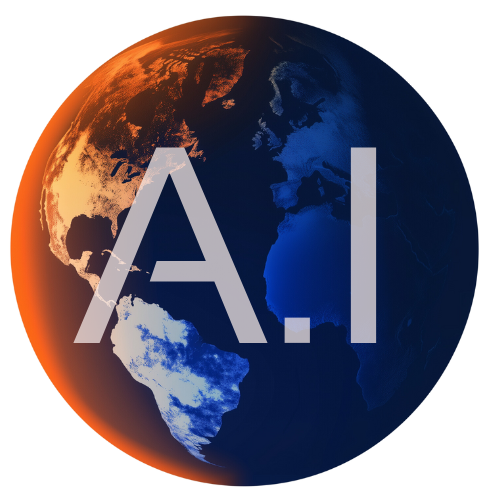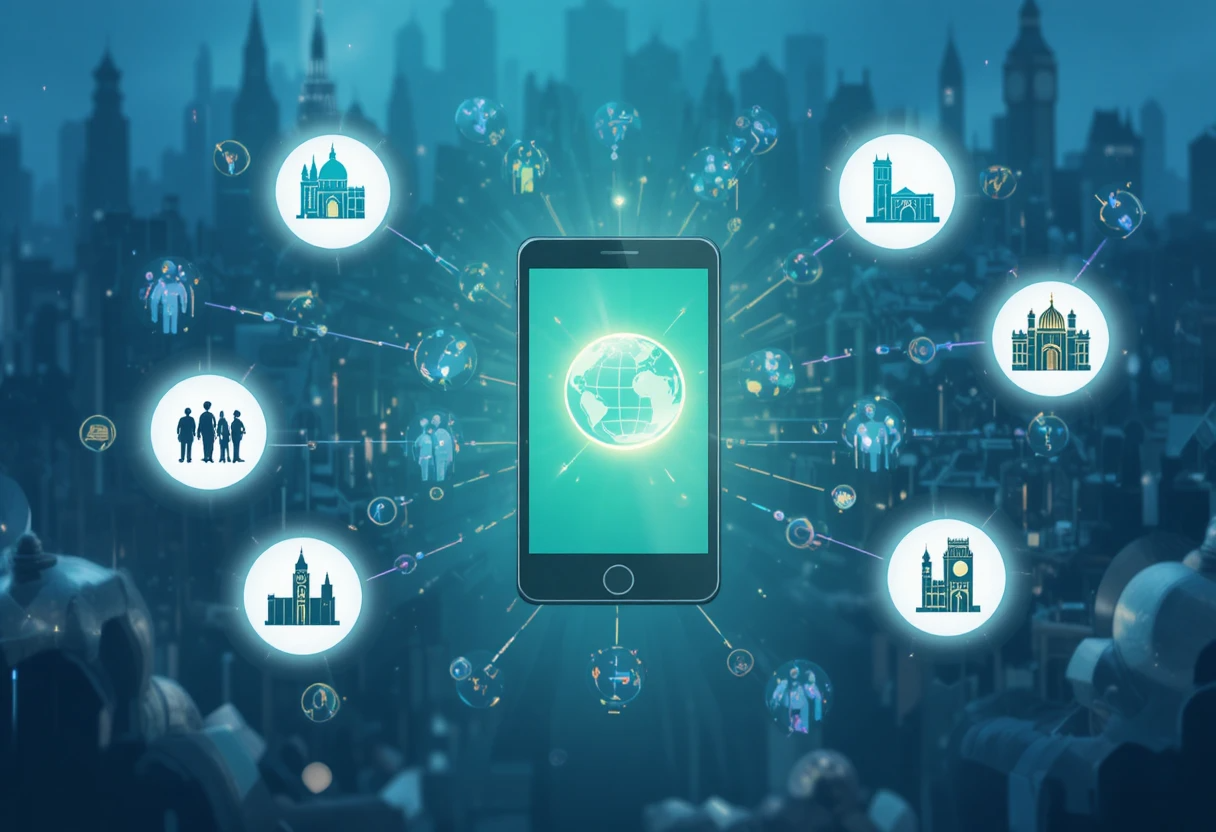For universities and international education staff, the duty of care for students studying abroad is a top priority. However, in an increasingly dynamic and interconnected world, relying solely on mass emails and static handbooks for communication is no longer sufficient. From routine check-ins to navigating an unexpected crisis, a strategic, agile, and proactive communication plan is essential.
Managing a diverse group of students in different time zones, facing unique local challenges, and requiring personalized support can be overwhelming. The traditional, one-size-fits-all approach often leads to information overload for students and a slow, manual response from staff during a critical moment.
At AI for Uni Global Education, we understand that this is where the right tools make all the difference. We believe that integrating Generative AI into your communication and crisis preparedness framework is not just a technological upgrade; it’s a strategic necessity. It empowers staff to move from reactive, generic communication to proactive, highly personalized, and rapid response.
The Challenge of Traditional Communication
Without a strategic plan, university staff often face a number of pain points:
- Lack of Personalization: Students receive the same information regardless of their location, program, or specific needs, leading to disengagement.
- Information Overload: Students are bombarded with generic emails, making it easy to miss crucial information.
- Slow Crisis Response: Manually drafting and sending communications across multiple channels during an emergency is time-consuming and prone to error.
- Inefficient Engagement: It’s difficult to maintain a consistent cadence of meaningful communication that keeps students feeling connected and supported throughout their time abroad.
The Strategic Shift: A Framework for AI-Enhanced Communication
A modern communication plan is built on two pillars, both of which can be transformed by Generative AI: Proactive Engagement and Rapid Crisis Response.
I. Proactive Engagement: Staying Connected & Supportive
Generative AI helps staff create a personalized communication flow that keeps students informed and engaged from pre-departure to their return. It’s all about creating relevant content with speed and at scale.
How staff can use GenAI:
- Draft Personalized Check-in Messages: Use AI to draft tailored emails or messages for specific student groups.
- Example Prompt: “Draft a friendly monthly check-in email for our students in [City, Country]. Remind them to register for their local student ID and include a fun fact about a local holiday happening this month.”
- Create Destination-Specific Content: Easily generate engaging content for blog posts, social media, or newsletters that provide valuable local insights.
- Example Prompt: “Write a short blog post for our students in [Country X] about navigating public transportation and local food markets. Include tips on safety and cultural etiquette.”
- Automate FAQ Responses: Use AI to draft a bank of answers for frequently asked questions (e.g., about visa extensions, local banking, or academic registration), which can then be used in a chatbot or email template system.
- Example Prompt: “Provide a detailed answer to the common student question: ‘How do I open a bank account as an international student in [Country Y]?'”
II. Rapid Crisis Response: Agility & Clarity When It Matters Most
During a crisis, speed and accuracy are non-negotiable. GenAI can be your most valuable asset, helping you communicate quickly and effectively when every second counts.
How staff can use GenAI:
- Draft Initial Crisis Alerts Instantly: In the event of a natural disaster, security incident, or other emergency, AI can quickly draft a clear, concise initial alert message.
- Example Prompt: “Draft an immediate safety alert message for students in [City] following a [type of incident]. Include instructions to check in, stay indoors, and follow local authority guidance.”
- Personalize Communication for Specific Students: Rather than a blanket message, AI can help you draft communications tailored to a student’s precise situation.
- Example Prompt: “Draft a personalized email for students located within a 5-mile radius of [incident location], asking them to confirm their safety and offering a direct line to our emergency support team.”
- Adapt Messages for Multiple Channels: A single crisis message needs to be adapted for different platforms. AI can help you convert a detailed email into a concise text message or a social media post with the right tone and length.
- Example Prompt: “Condense the following email draft into a 160-character text message for a student safety alert.”
- Synthesize Information for Staff: During an emergency, staff need to get up to speed quickly. AI can process real-time news feeds and reports to generate concise internal summaries.
- Example Prompt: “Summarize the key developments from the last 24 hours regarding the [incident name], including affected areas, official guidance, and student safety status.”
The Result: Proactive & Resilient International Education
By integrating Generative AI, you’re not just moving beyond emails; you’re building a communication strategy that is:
- Personalized: Students receive information that is relevant and engaging, strengthening their trust and sense of support.
- Agile: In a crisis, you can respond with unprecedented speed and clarity, potentially mitigating risk and ensuring student safety.
- Efficient: Staff time is freed up from manual tasks, allowing them to focus on high-impact, personal student interactions.
This modern approach to communication ensures your university remains a leader in responsible global education, providing a duty of care that is both comprehensive and intelligent.
Ready to upgrade your university’s communication and crisis preparedness? Connect with us to explore AI’s role in student success.


0 Comments